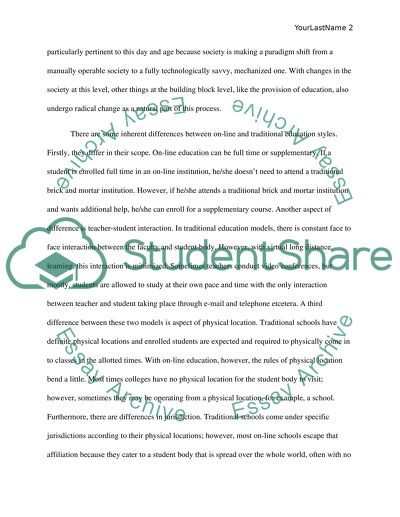Cite this document
(“Earning degrees on-line vs. through traditional brick-and-mortar Admission/Application Essay”, n.d.)
Retrieved from https://studentshare.org/education/1401386-earning-degrees-on-line-vs-through-traditional-brick-and-mortar-education
Retrieved from https://studentshare.org/education/1401386-earning-degrees-on-line-vs-through-traditional-brick-and-mortar-education
(Earning Degrees on-Line Vs. Through Traditional Brick-and-Mortar Admission/Application Essay)
https://studentshare.org/education/1401386-earning-degrees-on-line-vs-through-traditional-brick-and-mortar-education.
https://studentshare.org/education/1401386-earning-degrees-on-line-vs-through-traditional-brick-and-mortar-education.
“Earning Degrees on-Line Vs. Through Traditional Brick-and-Mortar Admission/Application Essay”, n.d. https://studentshare.org/education/1401386-earning-degrees-on-line-vs-through-traditional-brick-and-mortar-education.


